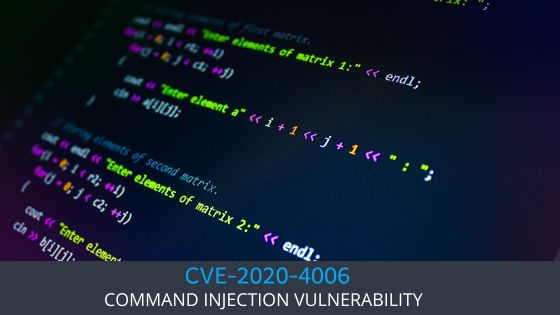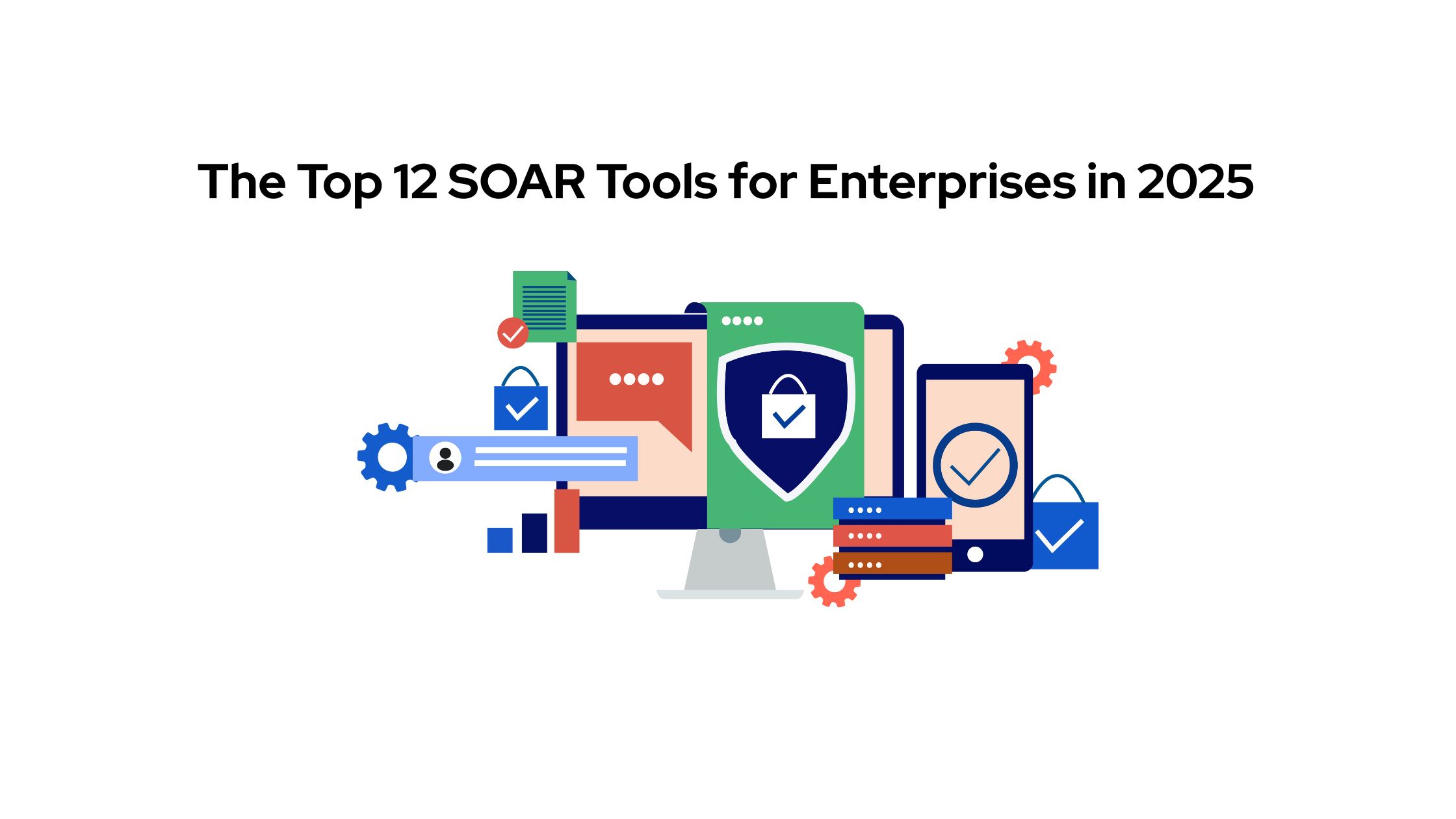The security landscape for corporate infrastructure is continually evolving, with new vulnerabilities frequently coming to light. One such critical issue is CVE-2020-4006, which affects multiple VMware products, including Workspace One Access, Access Connector, Identity Manager, and Identity Manager Connector. This command injection vulnerability, if exploited, could allow attackers to execute commands on the host operating system.
Overview of CVE-2020-4006
CVE-2020-4006 is identified as a command injection flaw that can significantly impact the security of several VMware products. This vulnerability stems from an error in how commands are processed and validated within the system.
Technical Details of CVE-2020-4006
Vector and Severity
The National Vulnerability Database (NVD) rates this vulnerability as CRITICAL with a CVSS base score of 9.1. The high severity score is due to the vulnerability’s network attack vector, low complexity of attack, and high impacts on confidentiality, integrity, and availability.
Root Cause
The vulnerability arises from improper neutralization of special elements used in an OS command within the VMware products. This allows an attacker with high-level privileges to inject and execute arbitrary commands on the underlying operating system.
Potential Impact
System Impact
Exploitation of CVE-2020-4006 could lead to significant security breaches, including:
#1 Unauthorized execution of commands, which could lead to further malicious activities such as data theft, system compromise, or persistent access.
#2 Potential compromise of the host operating system, affecting all data and applications running on it.
Mitigation Strategies
Vendor Recommendations
VMware has acknowledged the vulnerability and released patches to address the issue. The primary recommendation for mitigation is:
#1 Update Immediately: VMware advises customers to update the affected products to the latest versions as detailed in their security advisory.
Alternative Actions
In cases where immediate updating is not feasible:
#1 Apply Workarounds: Follow any interim workarounds suggested by VMware to reduce the risk until patches can be applied.
#2 Increase Monitoring: Enhance monitoring of affected systems for any signs of exploitation or suspicious activity.
Best Practices for Organizational Security
Regular Updates and Patching
One of the most effective ways to protect against known vulnerabilities is to ensure that all software, especially critical infrastructure components like those provided by VMware, are kept up to date with the latest security patches.
Enhanced Security Configurations
Organizations should configure their systems and software securely to minimize vulnerabilities. This includes following best practices for security configurations provided by software vendors and security professionals.
Education and Awareness
Raising awareness about security among system administrators and end-users is crucial. Educating them about the importance of security updates and the potential risks of vulnerabilities can aid in timely and effective mitigation.
Conclusion
CVE-2020-4006 is a critical vulnerability that requires immediate attention from organizations using affected VMware products. Understanding the vulnerability’s nature and taking proactive steps to mitigate its risk are essential to maintaining secure IT environments.
For more detailed guidance or help with implementing security measures, contact the Datacipher team. Our experts are ready to assist you in enhancing your organization’s cybersecurity posture to defend against current and future threats.





